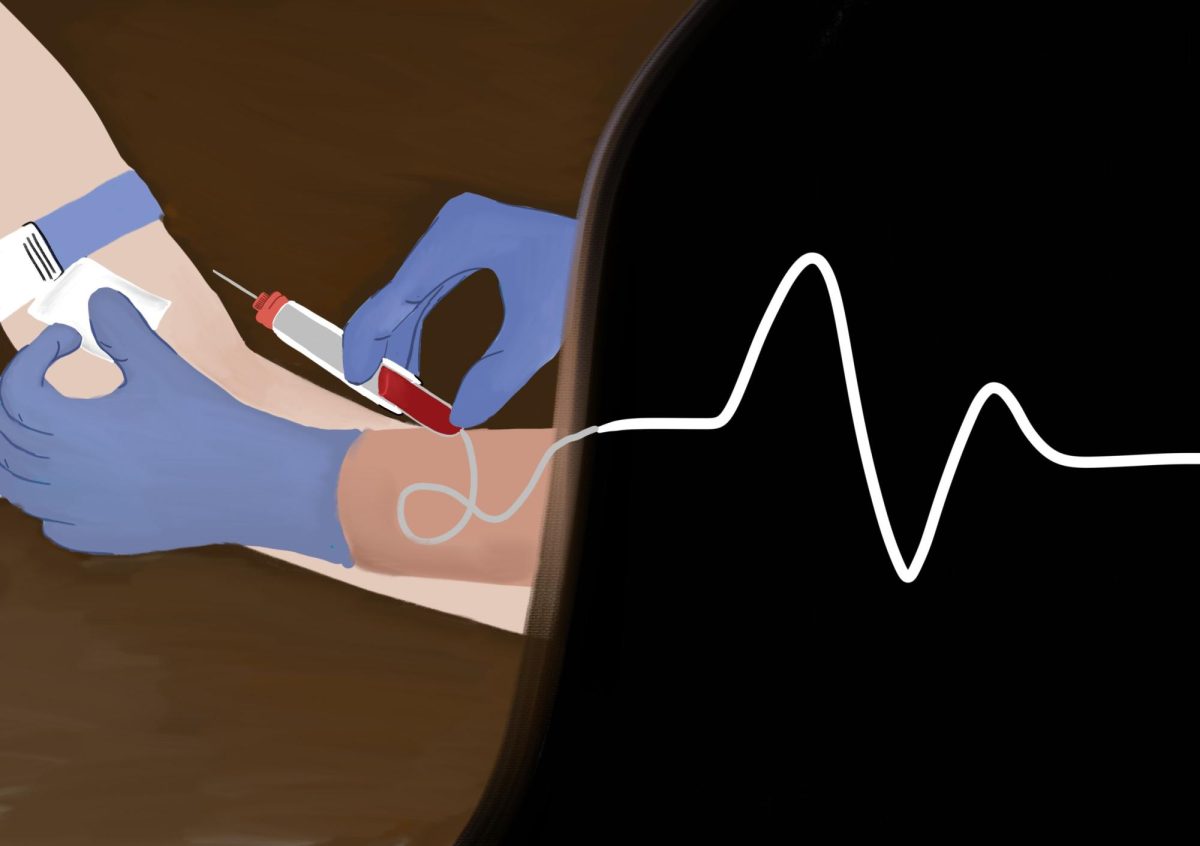Winter marks the beginning of joy, snow, the holidays, and other icy activities. Yet winter often brings something else: sickness. When it gets chilly, our body has a tough time fighting off infections and illnesses. So far, one illness has been brought to the forefront this year. White Lung Syndrome, a type of Pneumonia that has recently become prevalent in Ohio’s Warren County, has been raising some concern for its striking similarity to similar outbreaks in both Europe and China.
The main reason White Lung Syndrome is raising concerns is that the overall situation draws parallels to the onset of COVID-19 a few years ago, albeit on a significantly smaller scale. COVID-19 was first heard to have emerged in China sometime in late 2019 and ultimately took hold in America in early 2020. After a few months, a pandemic took hold of the country, and a nationwide shutdown was set in place.
In a Capitol Hill press conference, CDC Director Mandy Cohen sheds light on the disease’s severity level.
“As of today [Friday], we are not seeing anything that is atypical in terms of pneumonia-related emergency department visits,” Cohen said. “These reported increases do not appear to be due to a new virus or other pathogen but to several viral or bacterial causes that we expect to see during the respiratory illness season.”
White Lung Syndrome is not a novel disease, meaning that it’s been seen before and is, in fact, likely due to a combination of bacterial, environmental, and viral factors. One such bacteria, Mycoplasma pneumoniae, is believed to be the primary cause of the outbreak in Warren County. This bacteria can cause White Lung Syndrome by creating a lung infection. Flu-like viruses and inhaling pollutants can also cause the development of White Lung Syndrome due to lung damage or irritation.
Professor of Pediatrics at Children’s Hospital of Philadelphia Paul Offit explains that White Lung Syndrome is nothing to really worry about in an interview with the Washington Post.
“The bacteria [Mycoplasma pneumoniae] is fairly common, and when it causes pneumonia, it’s not as severe as other types of bacterial pneumonias,” Offit said. “I’ve never heard the term ‘white lung’ in reference to this disease before, but it usually resolves on its own, although physicians often treat the disease with antibiotics.”
The disease is nothing to be too concerned about yet, as it appears to be just a result of the typical wintry season. But nowadays, any disease with the potential to cause an outbreak is enough to make national headlines, largely due to the far-reaching effects of COVID-19.








